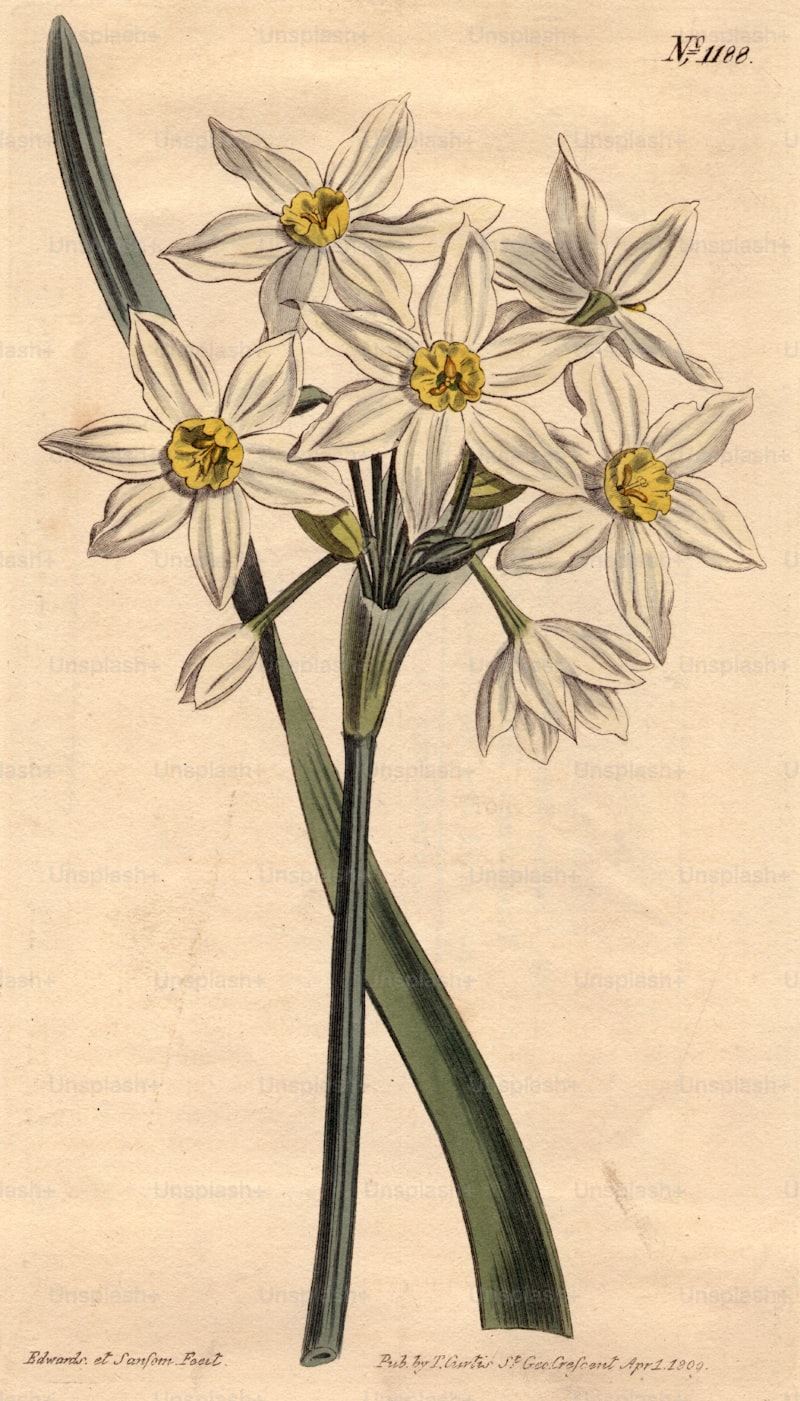The Beauty and Benefits of Seasonal Blooms: A Comprehensive Guide
Understanding Seasonal Blooms
Seasonal blooms refer to flowers that bloom during specific periods throughout the year. Understanding these blooms is essential for gardeners, florists, and anyone who appreciates the beauty of nature. In this article, we will explore various types of seasonal blooms, their characteristics, care tips, and why they are beneficial for your garden and overall well-being.
What Are Seasonal Blooms?
Seasonal blooms are categorized based on the time of year they blossom. These flowers are typically divided into four main seasons: spring, summer, autumn, and winter. Each season boasts unique blooms that bring color and life to gardens, parks, and homes.
Spring Blooms
Spring is a vibrant season, full of life and color as flowers begin to bloom after the cold winter months. Some notable spring seasonal blooms include:
| Flower | Blooming Months | Characteristics |
| Daffodils | March - May | Bright yellow with a trumpet shape |
| Tulips | April - June | Available in various colors, cup-shaped |
| Cherry Blossoms | March - April | Delicate pink or white blooms, symbolizes purity |
Summer Blooms
As the heat of summer arrives, various flowers burst into bloom, offering a spectacular display. Some popular summer seasonal blooms include:
| Flower | Blooming Months | Characteristics |
| Sunflowers | June - September | Tall and bright yellow, a symbol of happiness |
| Lavender | June - August | Purple spikes with a calming fragrance |
| Roses | June - October | Various colors and scents, a classic favorite |
Autumn Blooms
As temperatures start to cool, autumn brings flowers that reflect the changing scenery. Key autumn seasonal blooms include:
| Flower | Blooming Months | Characteristics |
| Mums (Chrysanthemums) | September - November | Available in various colors, symbolizes longevity |
| Fall Aster | September - November | Purple or blue flowers attracting pollinators |
| Goldenrod | August - October | Bright yellow blooms, common in wildflower gardens |
Winter Blooms
Winter may seem barren, but several flowers manage to bloom during the colder months. Popular winter seasonal blooms include:
| Flower | Blooming Months | Characteristics |
| Winter Jasmine | January - March | Pale yellow blossoms, fragrant and hardy |
| Hellebores | December - April | Darling blooms that last through the cold |
| Pansies | October - May | Colorful and resilient, ideal for cooler climates |
The Importance of Seasonal Blooms
Understanding seasonal blooms is crucial for several reasons:
- Garden Aesthetics: By planting a variety of seasonal flowers, gardeners can ensure that their gardens remain vibrant and colorful throughout the year.
- Local Ecosystems: Seasonal blooms provide essential habitats and food sources for local wildlife, including bees, butterflies, and birds, promoting biodiversity.
- Emotional Well-being: Flowers have been shown to improve mood and reduce stress, making seasonal blooms not just visually appealing but also beneficial for mental health.
Tips for Growing Seasonal Blooms
If you're looking to cultivate your own seasonal blooms, here are some helpful tips:
- Choose the Right Flowers: Research which seasonal blooms are best suited for your regional climate and soil type.
- Plan for Continuous Blooming: Plant a mix of flowers with varying blooming times to ensure that something is always in bloom.
- Soil Preparation: Ensure you have well-draining soil enriched with organic matter for healthy plant growth.
- Proper Watering: Water needs can vary by species and season, so be attentive to the individual needs of your plants.
- Pest Management: Regularly check for pests and diseases, taking appropriate action when necessary to protect your blooms.
Common Questions About Seasonal Blooms
1. What are the best flowers to plant in the spring?
The best flowers to plant in the spring include daffodils, tulips, hyacinths, and pansies, as they thrive in cooler temperatures and bloom early in the season.
2. How do I choose the right seasonal flowers for my garden?
Consider factors such as climate, sunlight exposure, and soil type when selecting seasonal flowers to ensure they flourish in your garden.
3. Can seasonal blooms attract pollinators?
Absolutely! Many seasonal blooms, such as lavender and sunflowers, are known for attracting bees and butterflies, which are vital for ecological health.
4. How do I prolong the blooming period of flowers in my garden?
By selecting varieties that bloom at different times, deadheading spent blooms, and providing proper care and nutrients, you can extend the blooming period of your flowers.

Conclusion
Seasonal blooms play a vital role in enhancing the beauty of our gardens and supporting local ecosystems. By understanding the characteristics and growing needs of these flowers, you can create a thriving garden that offers year-round color and joy. Remember to choose the right seasonal blooms for your region, provide them with the necessary care, and enjoy the many benefits they bring to your life. Embrace the seasonal cycles and let your garden become a vibrant testament to nature's ever-changing beauty.